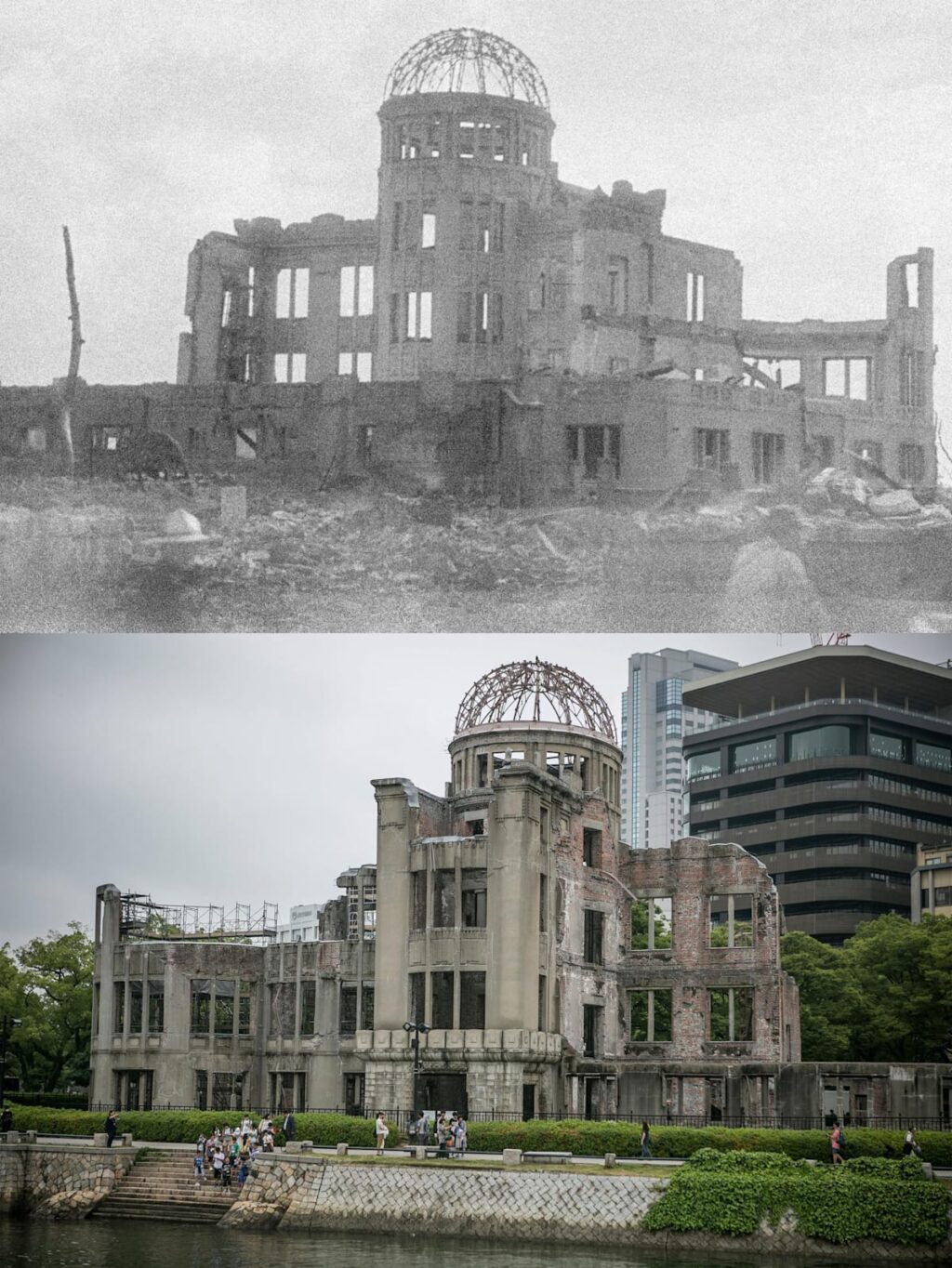
Introduction
The name “Hiroshima” is recognized globally, representing not only the tragedy of nuclear warfare but also the resilience and the pursuit of peace. The bombing of Hiroshima on August 6, 1945, marked a pivotal moment in human history, leading to significant consequences for warfare, international relations, and humanitarian efforts. Today, Hiroshima stands as a symbol of the ongoing fight for peace, urging nations to reconsider the implications of nuclear weapons.
The Events of August 6, 1945
On that fateful day, during the final stages of World War II, the United States dropped an atomic bomb named “Little Boy” on Hiroshima. The bomb exploded with an energy equivalent to approximately 15,000 tons of TNT, instantly killing an estimated 70,000 people, with tens of thousands more dying in the following months due to radiation exposure and injuries. The devastation was unprecedented, as entire neighborhoods were obliterated, and survivors faced long-lasting health effects.
The Aftermath and Rebuilding Efforts
In the aftermath, Hiroshima’s population was devastated, and the city faced enormous challenges in recovery. However, instead of being defined by its pain, Hiroshima transformed itself into a beacon of hope and a powerful advocate for peace. The Hiroshima Peace Memorial Park was established to remember the victims and promote a message of reconciliation. The iconic Hiroshima Peace Memorial, also known as the Atomic Bomb Dome, stands as a reminder of the destruction and the city’s determined path toward healing and rebuilding.
Hiroshima’s Role in Global Peace Advocacy
Hiroshima continues to play a crucial role in global discussions on nuclear disarmament and peace. Every year, on the anniversary of the bombing, survivors, dignitaries, and visitors gather at the Peace Memorial Park to honor the victims and promote a future free of nuclear weapons. The city has hosted various international conferences addressing nuclear disarmament, emphasizing the moral imperative to prevent future atrocities. Initiatives like the “Hiroshima Appeal” aim to engage people around the world in conversations about peace and the need for a secure world.
Conclusion
Hiroshima’s significance lies not only in its historical context but also in its embodiment of resilience and hope for a peaceful future. The city serves as a poignant reminder of the impacts of war and the importance of international cooperation in fostering a world devoid of nuclear weapons. As global tensions rise and discussions around nuclear capabilities continue, the message of Hiroshima’s legacy remains as relevant as ever: for true peace to prevail, we must confront our past while working tirelessly for a harmonious future.



